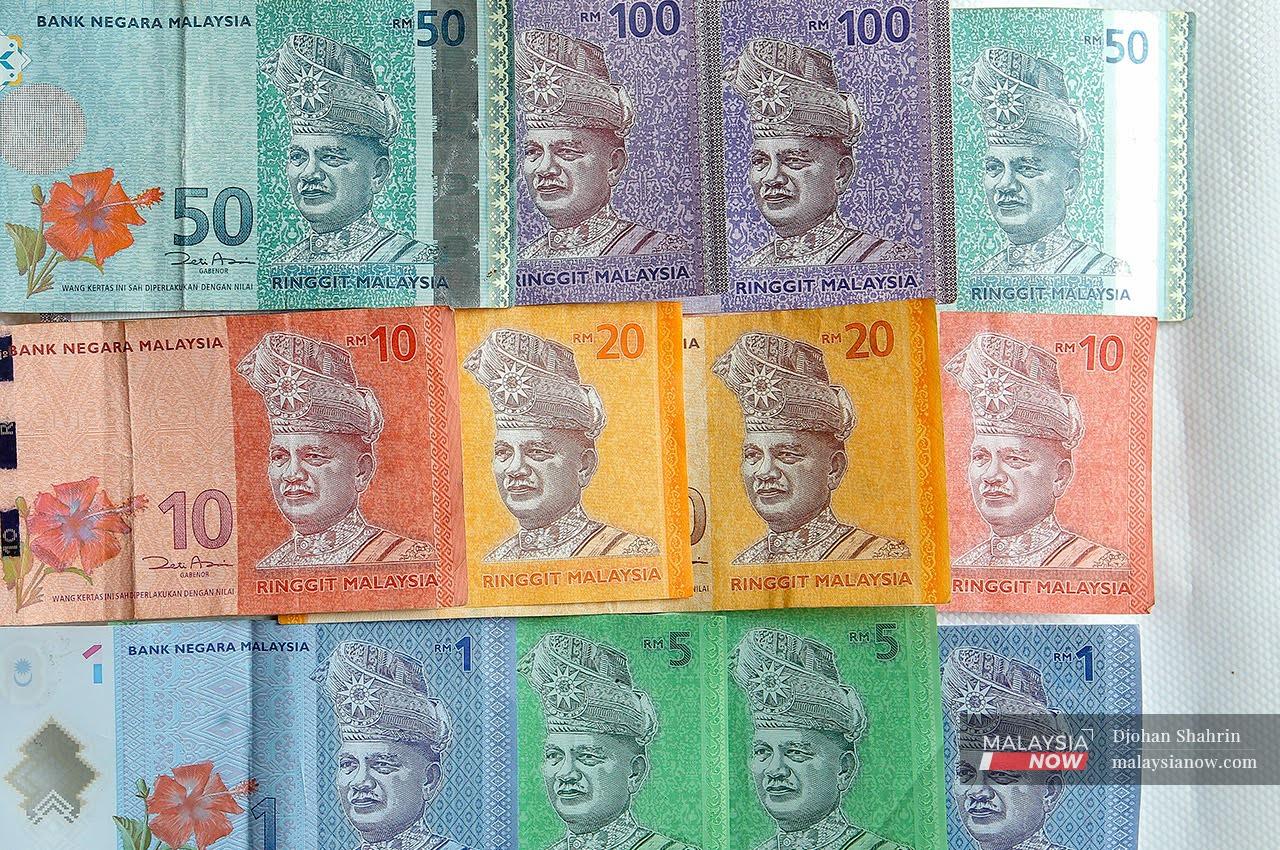Once among Asia’s worst currencies, ringgit now on the road to recovery
An improving global economic outlook and the deployment of Covid-19 vaccines have boosted the ringgit’s appeal.
Currencies across emerging markets strengthened against the weakening greenback at the start of the new year, with the Malaysian ringgit making its strongest gain in more than two years.
The new year had ushered in optimism across all fronts, boosting sentiments and setting higher expectations after a year that saw economies worldwide ravaged.
Last year, the ringgit was labelled as one of the worst-performing currencies in Asia.
But it was the Indian rupee that ended the calendar year as Asia’s worst-performing currency, underperforming minor South Asian currencies such as the Pakistani and Sri Lankan rupee.
An improving global economic outlook and the deployment of Covid-19 vaccines have boosted the ringgit’s appeal while rock-bottom US interest rates and ongoing federal reserve bond purchases dent the US dollar.
The ICE US Dollar Index, which tracks the value of the greenback against six major currencies, reported that the US dollar had posted its biggest yearly loss since 2017, capping off a tumultuous 2020.
The dollar, weakened amid the prolonged trade war with China, dropped on unprecedented Fed stimulus announcements. Additional fiscal stimulus and rising fiscal and current account deficits are additional headwinds that are likely to hurt the US currency over the coming years.
The ringgit’s upward trend
The ringgit, meanwhile, has been steadily strengthening. Yesterday, it pushed past the 4.00 psychological barrier, trading at 3.997 on the dollar.
It was the ringgit’s highest point since July 2018.
Expectations of a gradual recovery in crude oil prices, Joe Biden’s US election victory, and the Fed’s commitment to maintaining its unprecedented accommodative monetary policy stance have generated expectations of a global economic reflation in 2021, reinforcing the ringgit.
The heightened risk appetite also served as tailwinds for Asian currencies, with many reaching multi-year highs over recent weeks.
However, some headwinds remain on the ringgit including political noise and the risk of a slower implementation of policies that may result in below-expectation GDP growth.
Crude oil, surging above US$50 per barrel, was a major boost for the ringgit, which was also able to shrug off Malaysia’s weaker-than-expected October industrial production as external factors continue to act as the primary drivers.
Boosted by the massive increase in government spending, investor confidence is returning to Malaysia despite downgrades by rating agencies, strengthening the notion that such agencies are indeed behind the curve.
Bank Negara Malaysia said in its latest monthly report that the ringgit had appreciated while the FBM KLCI rose in November on an improved economic outlook amid greater clarity on the direction of US policies following the end of the US presidential election and positive developments surrounding the approval and deployment of Covid-19 vaccines.
Stephen Innes, chief market strategist at global online trading company AxiCorp, said the market continued to build with optimism about a global growth recovery in 2021 and an accompanying downward trajectory for the US dollar.
Innes said widespread optimism over the distribution of Covid-19 vaccines was also a massive booster shot for corporate profits.
The approval granted to Pfizer Inc, BioNTech and AstraZeneca suggests the vaccines are being made available to the public and has allowed a more forceful reopening of the economy, seen in the resumption of interstate travel in Malaysia.
This serves as a positive factor for a domestic economic recovery although its effectiveness depends entirely on containing the spread of Covid-19.
Subscribe to our newsletter
To be updated with all the latest news and analyses daily.
